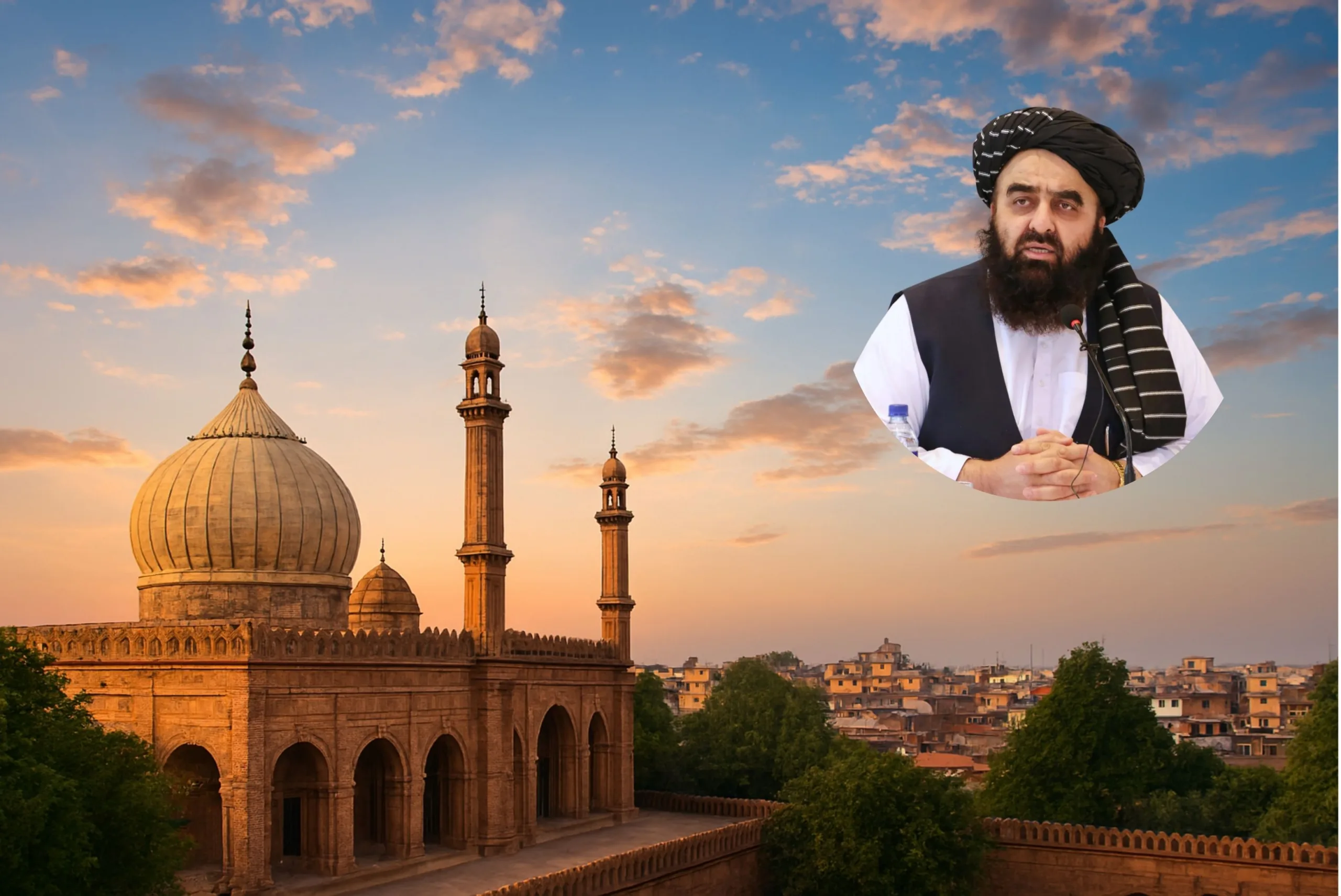Why Taliban’s Visit to Deoband Matters for India and the Region

Javed Chudhry writes that it was no coincidence when Taliban Foreign Minister Amir Khan Muttaqi, after meeting senior Indian officials in New Delhi, traveled to the historic Darul Uloom Deoband in Uttar Pradesh. The visit carried layers of meaning. Nearly ten years earlier, India’s National Security Advisor Ajit Doval had publicly acknowledged the Taliban’s importance in countering Pakistan. In a speech that later went viral, Doval even suggested that India might prefer to use Deoband as a bridge to the Taliban rather than engaging them directly.
Chudhry recalls that he had written about this possibility years ago, warning that India would not rely solely on the Ashraf Ghani government to secure its strategic interests in Afghanistan. Through Deoband, India had already kept channels open with the Taliban, though it avoided admitting this openly at the time. Supporting Ghani’s administration was a diplomatic necessity.
Not everyone agreed with Chudhry’s assessment. A religious leader criticized him, insisting that Deoband was purely a religious seminary, not a political tool. He reminded Chudhry that during the Soviet occupation of Afghanistan, India consistently supported Kabul’s communist governments at the United Nations. He also pointed to the 1999 hijacking of an Indian Airlines plane to Kandahar, carried out by militants linked to the Deobandi school of thought, as proof that New Delhi would think twice before using Deoband as a channel. Chudhry, however, knew from his own sources that Indian officials had indeed maintained discreet contact with Deoband during that crisis.
The column then turns to history. Darul Uloom Deoband was founded in 1866 with the mission of reviving Islam. The British colonial authorities, still reeling from the 1857 uprising, did not see the seminary as a direct threat, even though many of its founders had resisted colonial rule. By contrast, Sir Syed Ahmad Khan established the Muhammadan Anglo‑Oriental College in Aligarh in 1875, which later became Aligarh Muslim University. While Deoband emphasized religious revival, Aligarh promoted modern education and political reform. These two institutions came to symbolize two very different approaches to Muslim identity and politics in South Asia.
Against this backdrop, Amir Khan Muttaqi’s visit to Deoband takes on symbolic weight. At the seminary, he reportedly sat for a brief oral exam in hadith studies, after which he was awarded the honorary title of Qasmi. This recognition linked him directly to Deoband’s intellectual tradition. Returning to Delhi, he addressed a press conference where, despite criticizing “certain circles” in Pakistan for fueling tensions, he emphasized Afghanistan’s desire for peace with both Pakistan and India. He also urged that trade between Afghanistan and India be facilitated through the Wagah border.
Meanwhile, Taliban spokesperson Zabihullah Mujahid credited Qatar with preventing further escalation in recent Pakistan‑Afghanistan clashes, even as Afghan social media circulated videos portraying their forces as victorious.
Chudhry concludes by returning to his central theme: the ideological weight of Deoband. In his view, the real question is whether the intellectual legacy of Deoband or that of Aligarh will dominate South Asia’s politics in the years ahead. As he reminds readers, the region includes not only Kabul but also Dhaka — and the echoes of 19th‑century debates still shape the choices of 2025.

